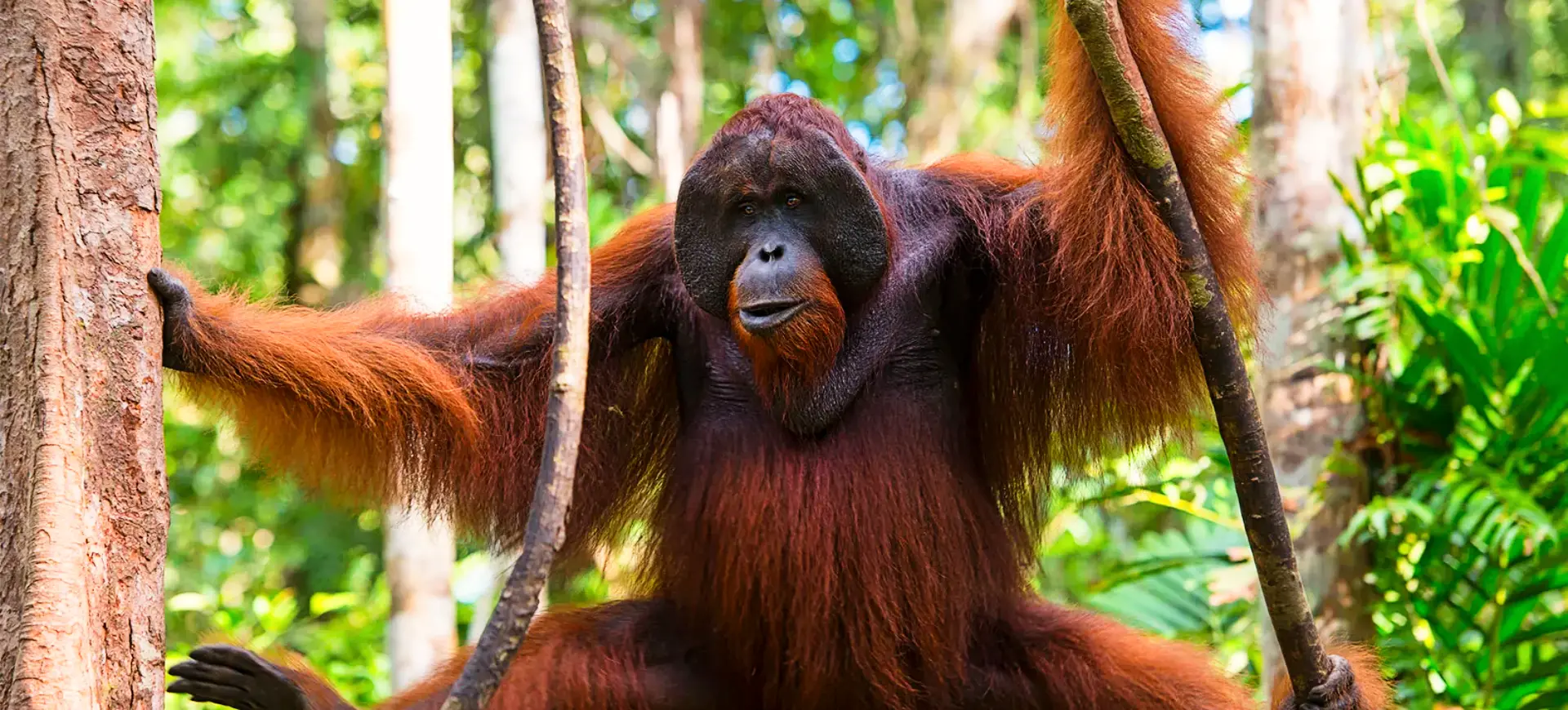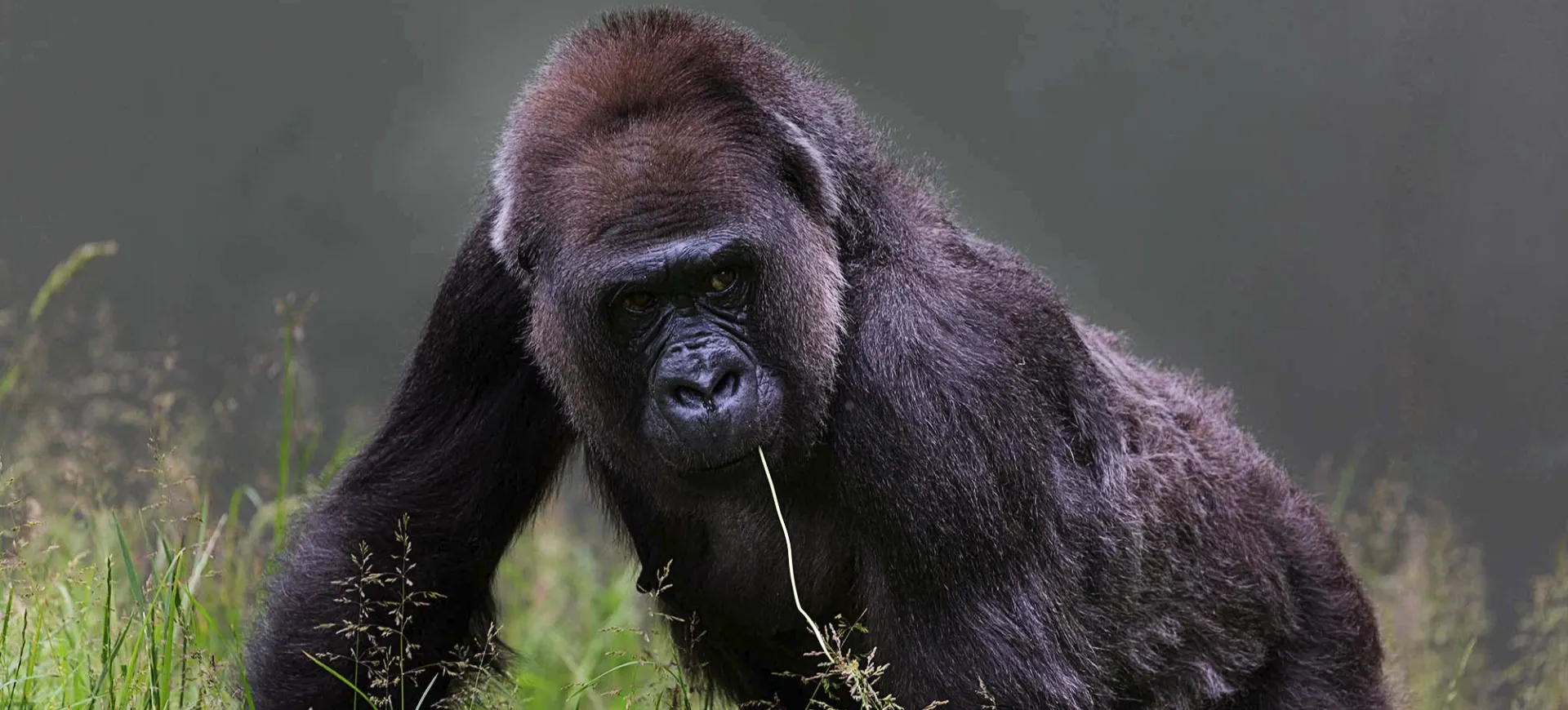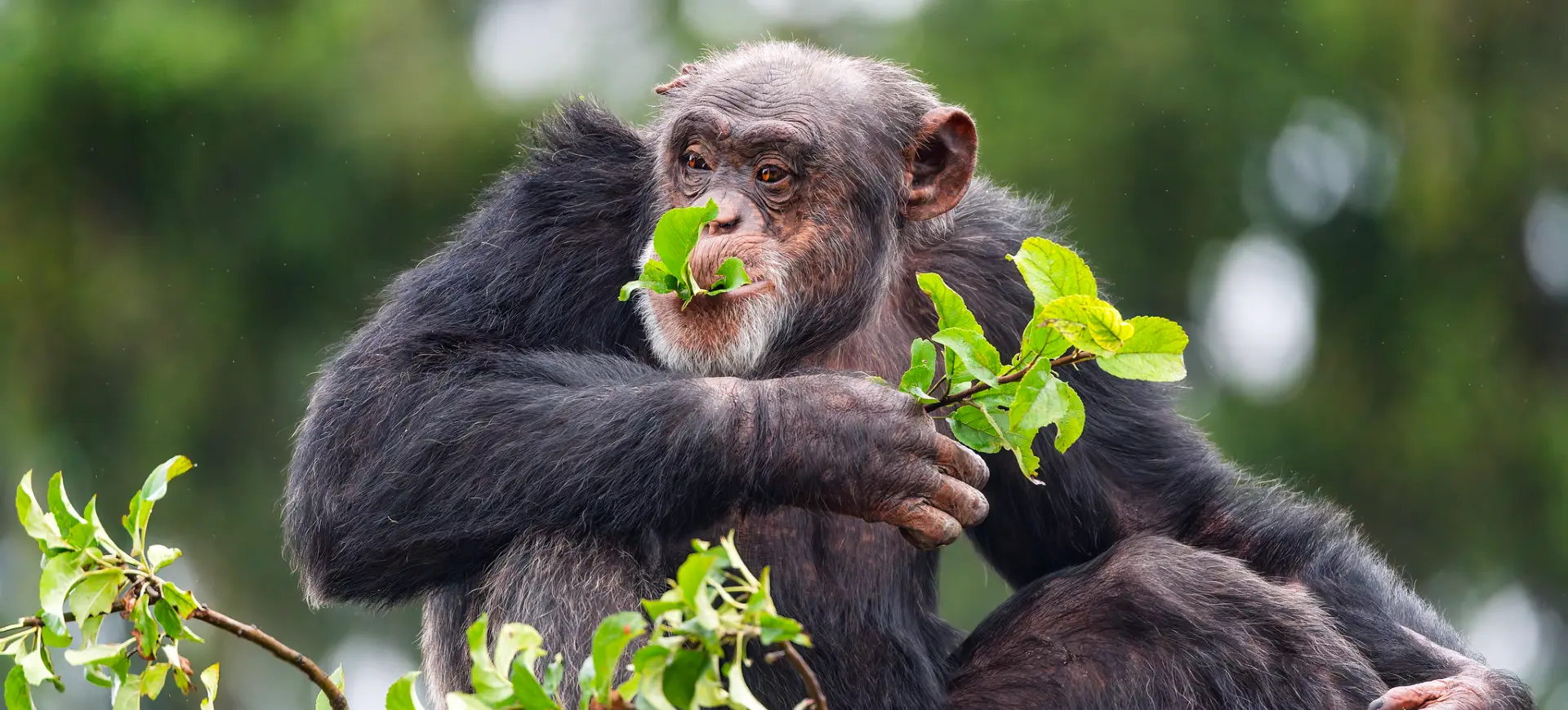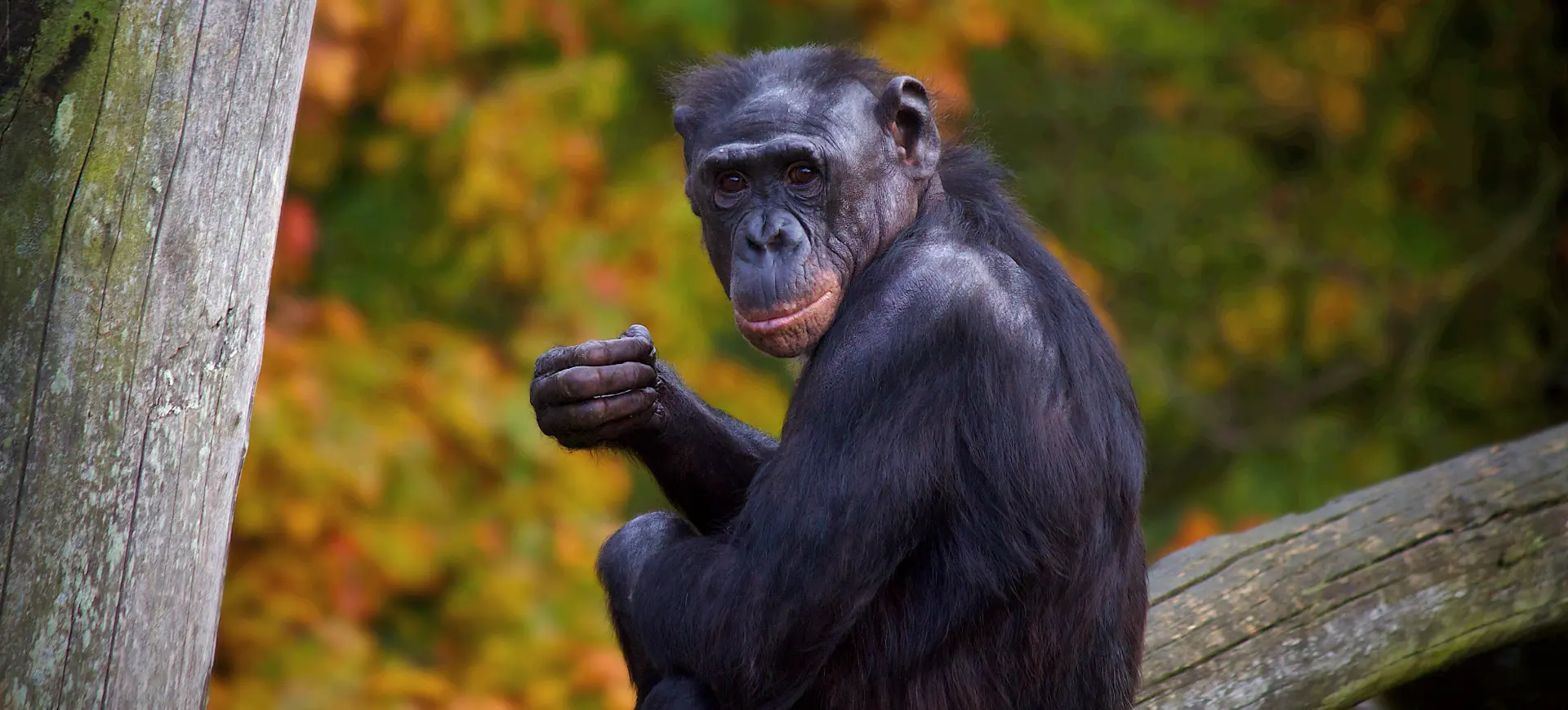Overview
The Sumatran Orangutan is one of the three species of orangutans, and it is native exclusively to the north of the Indonesian island of Sumatra. Known for their striking red fur, these arboreal primates exhibit remarkable intellect and talent. They are distinguished from their Bornean cousins by a lighter fur color, longer facial hair, and a more slender build.
Like their Bornean counterparts, Sumatran Orangutans are mostly solitary creatures, with males and females typically meeting only for mating. They are largely frugivorous, relying on a varied fruit diet, but also consume other plant materials, bark, insects, and occasionally, meat.
The Sumatran Orangutan is critically endangered, primarily due to rapid habitat loss due to illegal logging, mining, and the development of palm oil plantations. Despite numerous conservation initiatives, the population is still declining, with less than 14,000 individuals left in the wild, according to recent estimates.
Physical Description:
Legs and distinctively bright red-orange fur. The species is sexually dimorphic, with males being much larger and displaying prominent cheek pads, or flanges, as they mature. These flanges make the adult males’ heads appear larger, which is considered attractive to females.
Their long, shaggy hair, lighter and longer than that of the Bornean Orangutan, offers protection from rain and sun. They also have a highly flexible hip joint and long, curved hands and feet, which are adaptations suited for their life in the trees. The lack of a tail, a feature common among primates, helps maintain balance while swinging and climbing.

Lifespan: Wild: ~45 years || Captivity: ~60 years

Weight: Male: 110-200 lbs (50-90 kg) || Female: 66-110 lbs (30-50 kg)

Height: Male: 55 inches (140 cm) || Female: 45 inches (115 cm)
Characteristic:
Native Habitat:
Sumatran Orangutans are exclusive to the northern regions of the Indonesian island of Sumatra. They inhabit lowland and hilly tropical rainforests, particularly along lake shores and rivers. These primates spend the majority of their lives in the trees and are known to construct new sleeping nests from branches and foliage each night.
However, the rapid expansion of palm oil plantations, mining operations, and illegal logging has led to severe habitat destruction, pushing the Sumatran Orangutan to extinction. Efforts are underway to halt this destruction and restore the orangutan’s natural habitat.
Climate Zones:
Biomes:
WWF Biomes:
Biogeographical Realms:
Continents:
Countries:
Diet:
Diet & Feeding Habits:
The Sumatran Orangutan’s diet consists mainly of fruit, but they also consume leaves, bark, flowers, insects, and occasionally meat. They play a significant role in seed dispersal in their ecosystem, which helps maintain the health and diversity of the rainforest. They have a preference for figs and also consume durians, lychees, and mangosteens.
Orangutans spend much of their day foraging for food, demonstrating impressive cognitive skills in remembering fruit trees’ locations and ripening schedules. Their long arms allow them to reach out and grasp branches while feeding, and their strong jaws help them break through hard-shelled fruit.
Mating Behavior:
Mating Description:
Mating in Sumatran Orangutans is not season-specific. Males and females usually meet only for mating. The males use their long calls to attract females and to scare off rival males.
After mating, the female experiences a gestation period of approximately 8.5 months, after which she gives birth to a single offspring. Twins are rare. The offspring is highly dependent on the mother and will stay with her for up to eight years, learning vital survival skills.
Reproduction Season:
Birth Type:
Pregnancy Duration:
Female Name:
Male Name:
Baby Name:
Social Structure Description:
Like other orangutans, Sumatran Orangutans have a semi-solitary social structure. Males are generally solitary, while females live with their offspring. Males use long calls to communicate with females and to warn off other males.
Females, on the other hand, have a strong bond with their young. Juveniles stay with their mothers for up to eight years, learning important survival skills like foraging and nest-building. This lengthy period of dependence is one of the longest in the animal kingdom.
Groups:
Conservation Status:
Population Trend:
The wild population of Sumatran Orangutans is estimated to be less than 14,000 individuals, a significant decline from previous decades. This decline is largely due to habitat loss caused by the development of palm oil plantations, logging, and mining.
In captivity, Sumatran Orangutans are found in various zoos across the globe. These captive populations serve as ambassadors for their wild counterparts, providing valuable opportunities for research and raising awareness about the plight of wild orangutans.
Population Threats:
The main threats to Sumatran Orangutans are habitat loss, hunting, and the illegal pet trade. The rapid expansion of palm oil plantations has resulted in significant deforestation, fragmenting the orangutan’s habitat. This has led to the isolation of populations and decreased availability of food sources.
Illegal hunting poses a significant threat, whether for meat or to capture infants for the pet trade. These activities, combined with the slow reproductive rate of orangutans, contribute to their critical conservation status.
Conservation Efforts:
Conservation efforts for Sumatran Orangutans primarily focus on habitat protection and restoration, legal protection, and public education. There are protected areas in Sumatra where conservation organizations work to safeguard the orangutan’s habitat.
In addition, rehabilitation and reintroduction programs aim to return confiscated or displaced orangutans to the wild. Strengthening and enforcing legislation against hunting and the pet trade is another crucial component of orangutan conservation efforts.
Additional Resources:
Fun Facts
- Sumatran Orangutans are the most arboreal of the great apes, spending nearly all their time in trees.
- Females typically give birth only once every 8-9 years, the longest interbirth interval of any land-living mammal.
- They exhibit tool use in the wild, including using leaves as gloves and protective hats during tough situations.
- The males can make long calls that can be heard up to a kilometer away to attract females and intimidate rivals.
- The term “orangutan” translates to “person of the forest” in Malay.
- Orangutans have 32 permanent teeth, the same as humans.
- They have an incredibly strong grip, thanks to their hook-shaped hands. An orangutan’s grip is around seven times stronger than a human’s.
- Sumatran Orangutans are lighter in color and thinner than their Bornean relatives.
- They have a lifespan of up to 45 years in the wild and can live for more than 60 years in captivity.
- Their diet includes more than 300 types of fruit, but they also eat vegetation, honey, insects, and, very rarely, meat.








